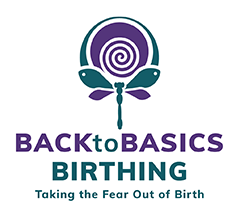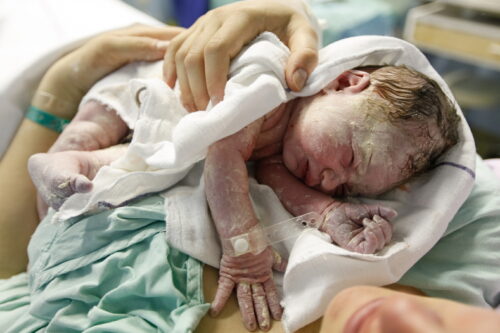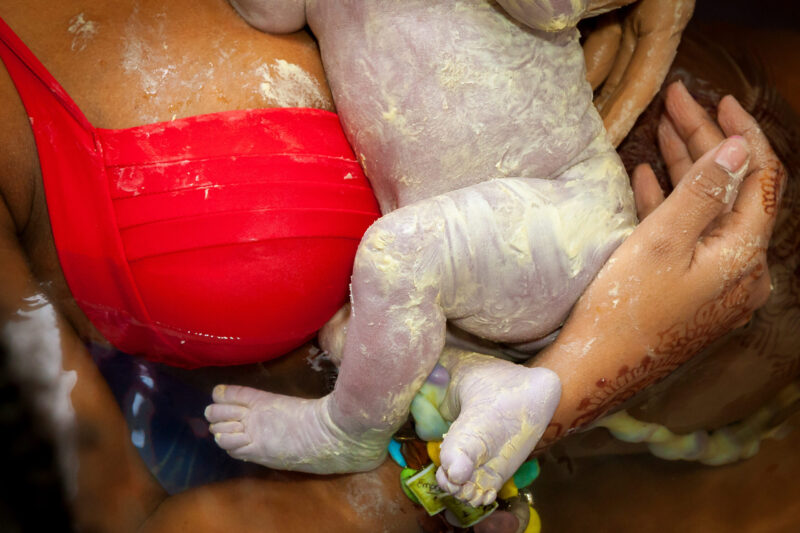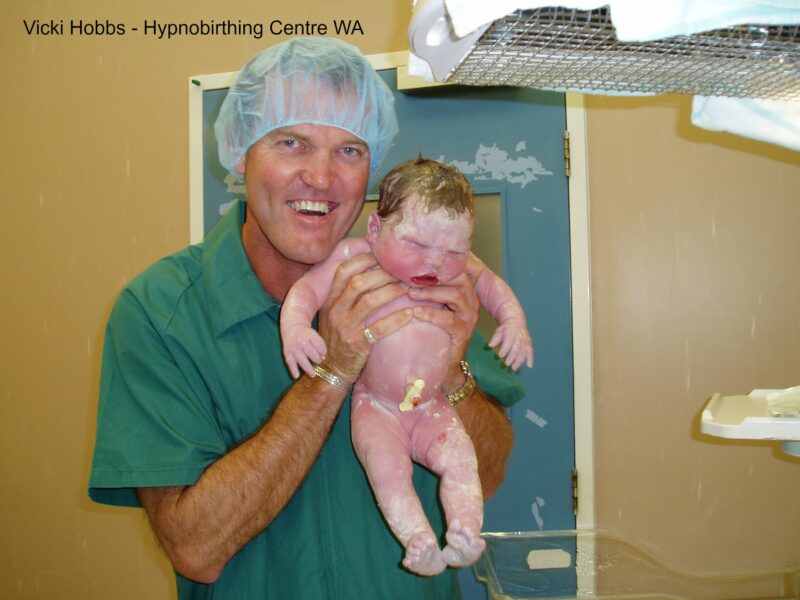Contact Vicki
If you have any questions or would just like more information please don't hesitate to get in touch by clicking the button below and filling out the contact form.
Contact Vicki

Your baby has just been born and you look down to see what you have created and to your surprise you notice your baby looks like it is covered in white zinc cream and ready for a day out at the cricket.
Vernix Caseosa (vernix) is the white, cheesy substance found on the skin of a newborn baby, which starts developing from the sebaceous glands around the 11-week mark in the uterus and seems to be unique to humans.
It is made up 81% water, 9% lipids (fats) and 10% protein.
It is known to act as a barrier against the amniotic fluid and promote epidermal growth in utero. What this means is that it prevents your baby’s skin from becoming all wrinkled and looking like a prune, just like you do after a long bath.
Sometimes parents are grossed out by the appearance of vernix on their newborns body, but if you understand why it is there, then perhaps you would be more inclined to leave it there to do what it is meant to do rather than your midwife rigorously rubbing it off.
One of the couples that I worked with recently said they thought it was a great way to “gross out” their friends and family to prevent them from picking up and cuddling their newborn baby in the first 24 hours of his new life.
Some babies are born absolutely covered in vernix, particularly premature babies, covering every space and crevice of the body, while others particularly those after their estimated due date may have very little vernix. It is thought that vernix helps with lubrication for baby to get through the birth canal more easily and reduce friction and helps to conserve heat and protect the newborn skin, which is very sensitive.

Research has shown that when left intact, vernix contributes considerably to functions such as maintaining a barrier to water loss, infection control, immuno surveillance, acid mantle formation (pH levels), antioxidant functions, thermoregulation and protection from ultraviolet light and other chemicals.
That is why it is recommended that you only bath your baby in plain water once the vernix has dissolved to avoid irritating their sensitive skin.
One study showed that vernix has antioxidant properties Vitamin E and Melanin and contains an antibacterial effect by forming a barrier preventing bacteria from entering through the skin.
Vernix also contains antimicrobial proteins that are active against Group B Streptococcus and E.coli. The authors of this study also noted that the immune proteins found in vernix and amniotic fluid is similar to those found in breast milk.
It is believed that the vernix serves to moisturise and protect the skin and some cosmetic companies have researched its properties trying to emulate it in their skincare ranges.
Even the World Health Organisation (WHO) has also recommended that vernix not be wiped off newborn babies at birth for at least 24 hours.
So, it is okay to leave that vernix on your baby for as long as it is there and just let it naturally be absorbed or dissolve away. When my daughter Holly was born, she had a lot of vernix, and we didn’t bath her for the first 4 days of her life.
My eldest daughter who was 15 at the time thought that was the grossest thing she had ever seen but we are glad that we left it.

Sources:
http://www.ncbi.nlm.nih.gov/pubmed/15592296
http://www.ncbi.nlm.nih.gov/pmc/articles/PMC2763724/
http://www.ncbi.nlm.nih.gov/pmc/articles/PMC1595247/
http://community.babycenter.com/post/a22969357/vernix
http://www.ncbi.nlm.nih.gov/pubmed?cmd=Retrieve&list_uids=12538777&dopt=Abstract
http://www.medscape.org/viewarticle/519767
http://www.wpro.who.int/immunization/documents/newborncare_final.pdf
If you have any questions or would just like more information please don't hesitate to get in touch by clicking the button below and filling out the contact form.
Contact Vicki